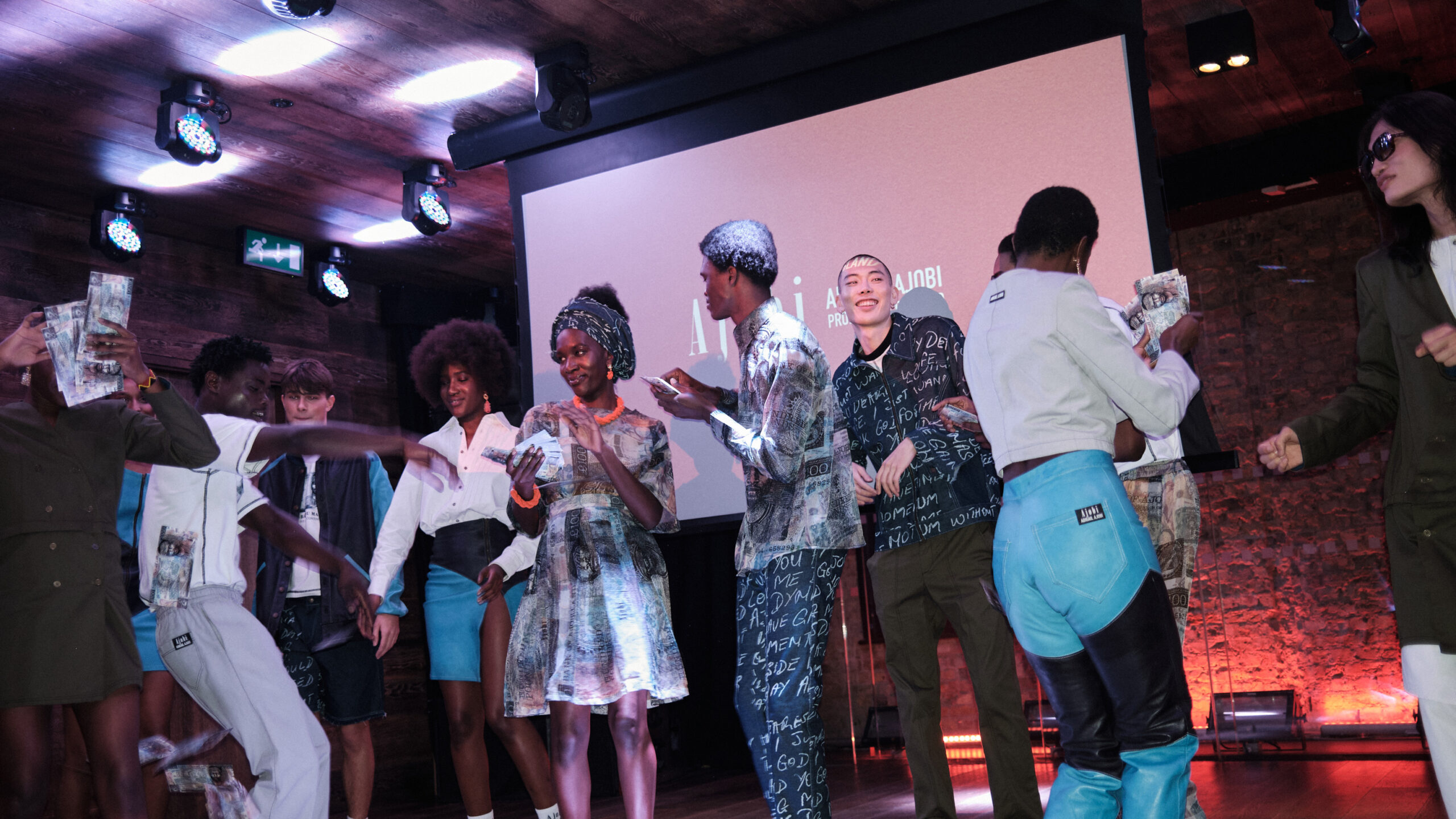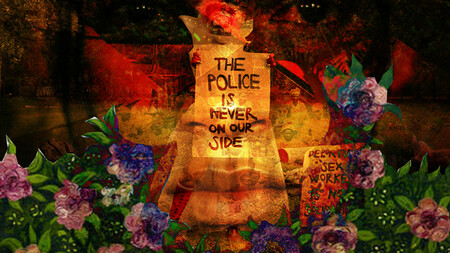Advisry at NYFW: Sometimes Dancing
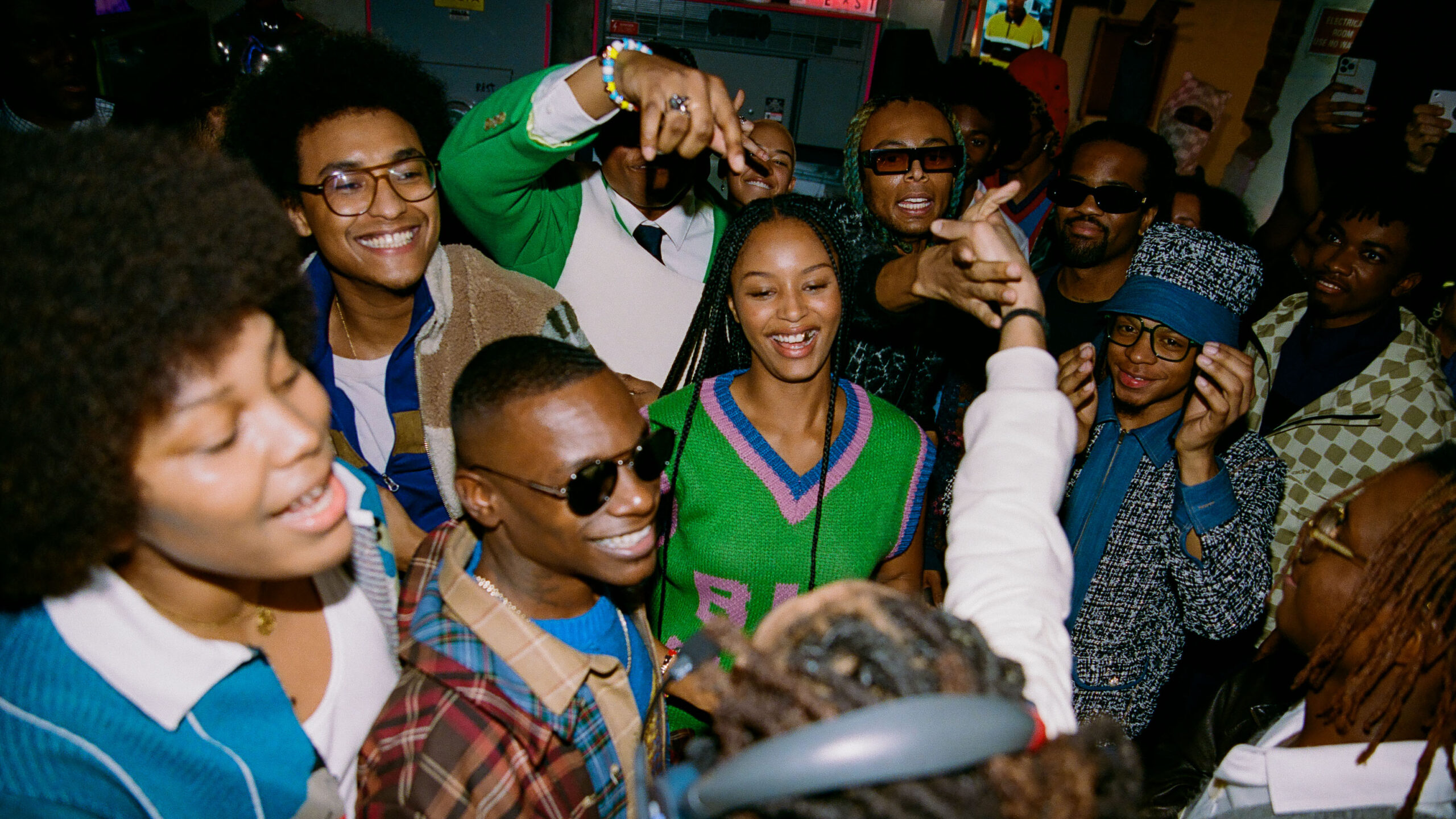
Founded in 2014, Advisry is a multimedia brand seeking to commemorate narratives of “Black pride, spirituality and love” through the production of high-quality streetwear, music and film. It is the brainchild of Keith’ Rooftop’ Herron, who conceived of the brand when he was 13-years-old, venturing first into fashion before expanding his horizons and Advisry’s output into various areas within the creative industries.
Since then, the Sacramento-based brand has produced hours worth of musical content, over twenty films and eight seasons worth of clothing collections. As their maverick Creative Director, Herron remains committed to learning across disciplines and is currently studying the cinematic arts at Fordham University.
Advisry’s latest collection, titled Sometimes Dancing, was shown on a New York Fashion Week runway earlier this month. The collection spans both womenswear and menswear, using former NFL player Ernie Barnes’ Sugar Stack print as its central motif. A short film of the same name was released alongside the collection, giving voice to the commentaries on white supremacist violence, marginalised identity, race, class, intimacy and joy that the clothing represents.
Aesthetically, Sometimes Dancing is as experimental, youthful and whimsical as Advisry’s previous collections. It’s Herron’s second foray into knitwear – the first being a collaboration with Creature World that dropped in January. Yet his respect for delicate textiles and mastery of cold-weather wear shines through his curation of bold, printed illustration, vibrant fleeces, statement tees that ask intuitive questions like “where do we feel our emotions?”. Tonal cargo pants and oversized, heavily-zipped outerwear pays homage to the 90s streetwear scene – announcing a new era of streetwear as the inspiration for mainstream fashion markets.
In the following interview with GUAP, Herron talks more about his influences and aspirations for Advisry’s future:
How was Advisry founded?
KH: Advisry was founded back in 2014 when I was super into streetwear brands Supreme, Billionaire Boys Club, and Bape. I had asked my mother if she could get me a Supreme sweater, to which she replied, “why don’t you invest in your own brand rather than someone else’s.” I took the advice very literally and immediately left the room and started designing. It seemed like a fun project and the seed she planted that day led to today.
What is the brand’s ethos and how does it transcend the African American experience to Black diasporas everywhere?
KH: The brand’s ethos is rooted in Black pride, spirituality, and love. These values are found within the brand but the ethos itself is derivative of my Black experience growing up and onward. I have actually never been out of the country but I would say this transcends the African American experience because we presumably go through a lot of the same things no matter where we are as a people.
That is something I learned more in 2020 during the peak of the Black Lives Matter movement, when people from all over the world were protesting the same cause. All this to say I can only speak from my own experience and by no means intend to voice something I am ignorant of. Any story can be valuable and relatable as long as it’s authentic to the human experience.
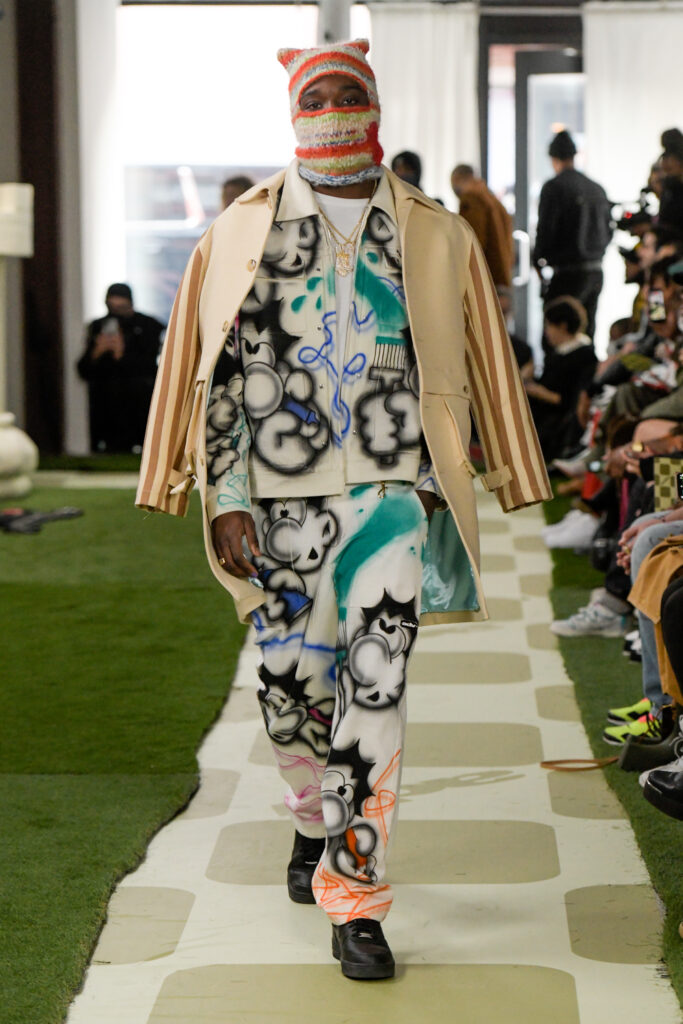

Who are some of your biggest inspirations in the creative industries?
KH: My three biggest influences are Pharrell, Spike Lee, and Kobe Bryant. Though I get inspired by many creatives, I consider these inspirations to be why I do what I do. I aspire to create art that is as inspiring as what I love to consume.
What inspired the name of the collection ‘Sometimes Dancing’?
KH: The name came directly from a song by 90s R&B group Brownstone, with the lyric “sometimes dancing can make you fall in love.” It is a beautiful song. The meaning I took from the phrase, though, is a little less literal than the way it is presented in the song. I instead use it metaphorically to juxtapose the action of dancing and the consistent hardships of being a black American. We are sometimes dancing, no matter what the situation.
I’m interested in Advisry’s marriage of fashion, music and visual media; how difficult was it to create and sustain a brand with all these different facets?
KH: I honestly find these facets to be easy to manage because, for one, I never sought to be part of any fashion calendar. I don’t create with deadlines, and I allow myself to produce art naturally. If I hit a block in one medium, I tend to simply move over to the next one. Along with this, these three mediums are ones I am extremely interested in consuming and learning about. My participation in each respective medium is nearly inherent, as I have been involved in creating all three for as long as I can remember.

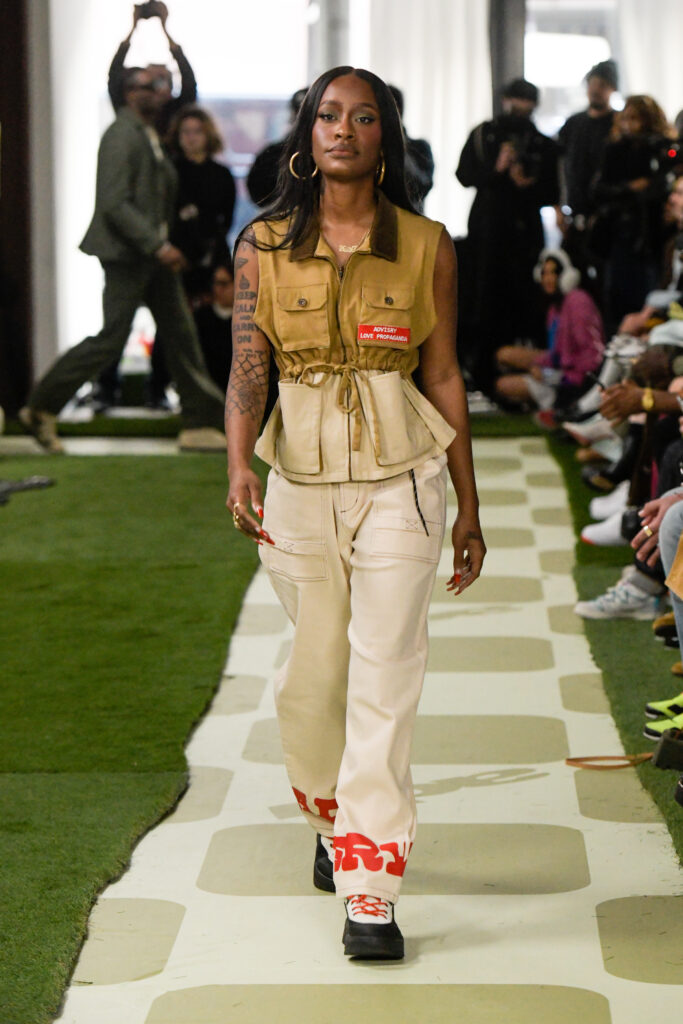
Where does Advisry fit into the changing landscapes of high fashion and Black consumerism?
KH: Advisry, in its current state, sits at the intersection of high fashion and streetwear, as much as I hate that term, that the industry has been naturally implementing into its culture after the rise of designers like Virgil Abloh. Even though my journey began as a student of it, I hate the term streetwear because it almost implies no technical skill or care for quality. When streetwear was at its height, it was known for graphic designs screen printed onto blank t-shirts and hoodies. The designs themselves didn’t serve much meaningful function in most cases, with some contemporary brands existing. In my opinion, this phase of streetwear is long gone. I see consumers getting smarter and not caring to buy into simply a brand name designed into different graphics.
Smart “streetwear” brands today have evolved into doing cut & sew, putting more weight into their designs, and caring about their quality. The Gildan hoodie is becoming rarer and rarer in established brands. So, where do we draw the line? The fact is that the line no longer exists, as high fashion designers today are producing hoodies, ball caps, tees, and throwing their brand names all over x pieces. On the other side, brands that primarily made clothing for day-to-day casual wear have been stepping into product categories that were not as common during streetwear’s hay day.
I believe Advisry, currently, is a brand that is filling a void in each respective market which is being missed by other brands that simply don’t understand these shifts. Coming from a background that isn’t very well versed in fashion, I tend to envision and create pieces that feel impossible to achieve or difficult to fit into any specific category. I am simply creating. As far as black consumerism goes, I want it to be clear that though my designs are made for black people, it is not all I want to do with the brand. I try to create collections with something for everyone. I want collections with range so that if you hate one piece, you can love another. I also think that’s what separates Advisry apart— my taste palette is the opposite of niche.
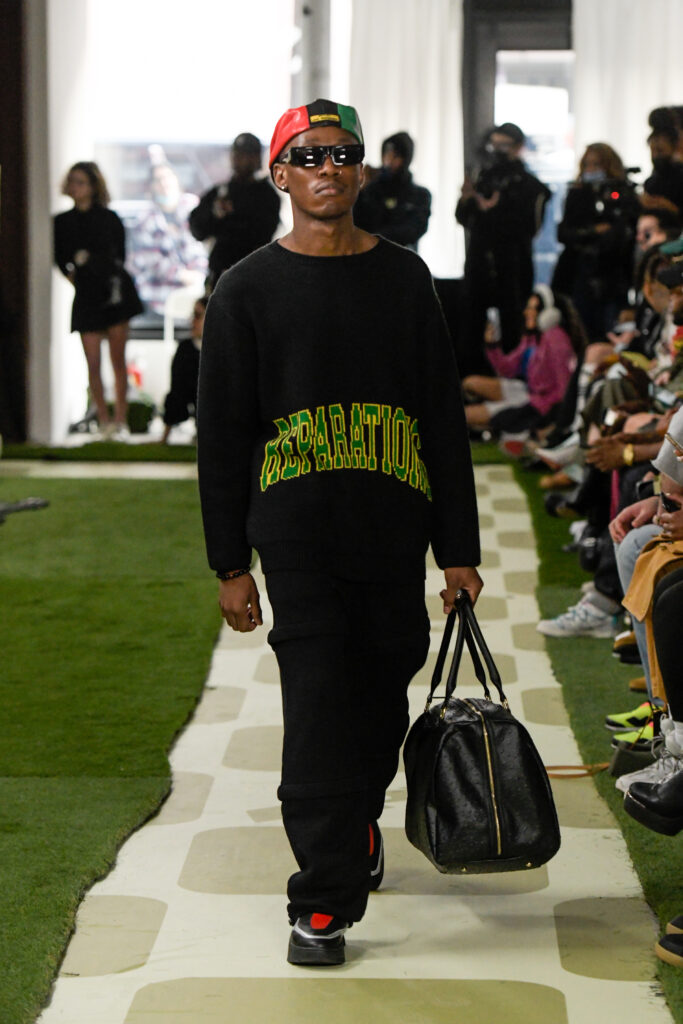

What is your plan for Advisry’s future?
I plan to get better at everything I’m currently doing, continue to find my voice in fashion & film, and try my best to make classics. I want to be great & I want this brand to transcend streetwear, fashion, or whatever category I am labelled in the moment. I hate giving specific details about my plans, but broadly, I want to make films & show collections in Paris.
Discover more from GUAP’s Fashion section here




![ZINO VINCI’S ‘FILTHY & DISGUSTING’EP BRINGS YOU TO THE CORE OF THE ARTIST [@ZinoVinci]](https://guap.co/wp-content/uploads/2023/10/Zino-4.jpg)

